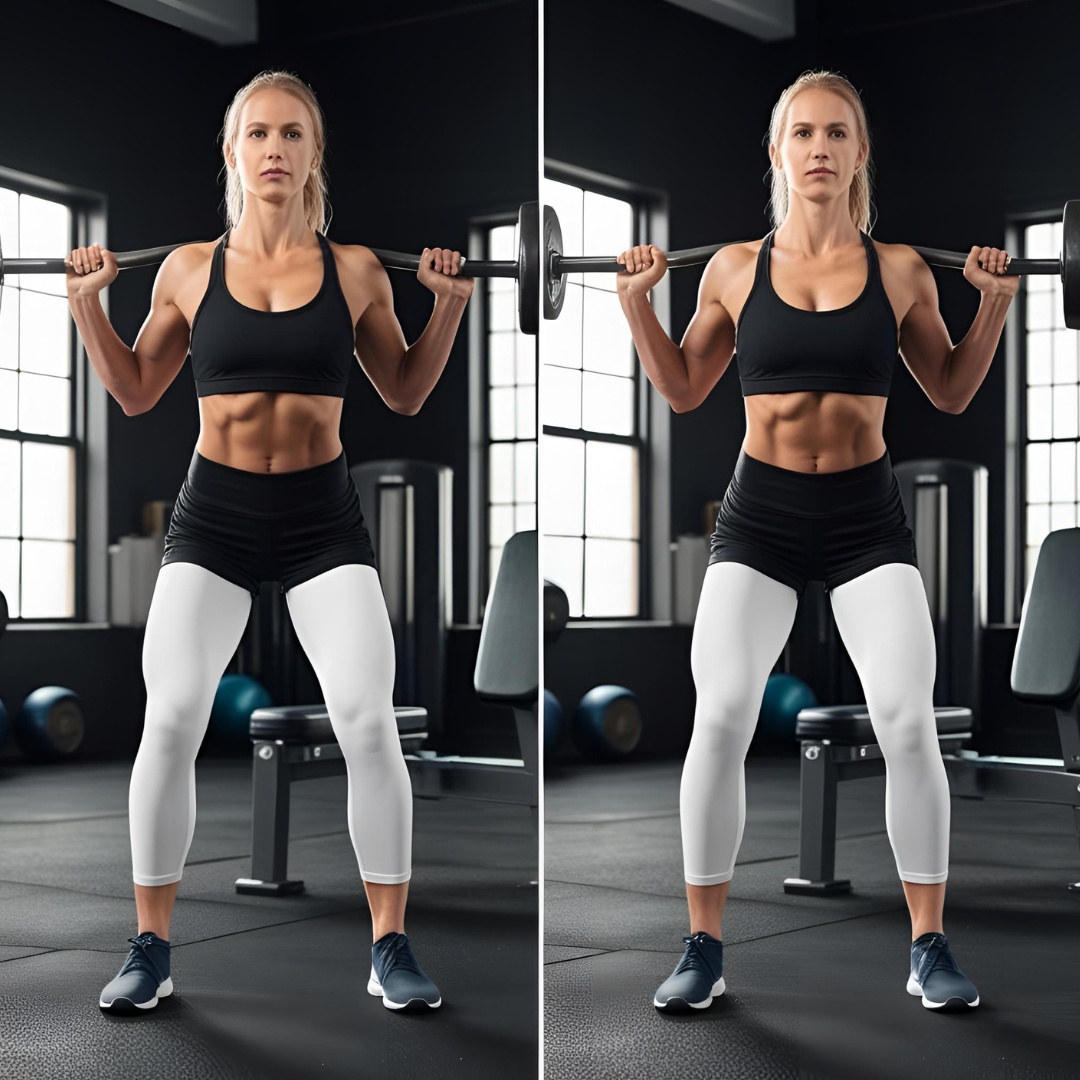Disclosure:
Thank you for reading this post, don't forget to subscribe!
Some of the links on this website are affiliate links. This means that if you click on the link and make a purchase, we may receive a small commission at no extra cost to you. Your support helps us keep the site running.Learn more on my Privacy Policy and Affiliate Disclosure page. Thank you for your support!
What Defines the Best Workout Approach?
When it comes to fitness, there’s an ongoing debate between functional fitness and traditional workouts. Which approach provides better results? The answer depends on your fitness goals, lifestyle, and long-term health benefits.
Functional fitness focuses on movements that mimic everyday activities, improving strength, balance, and mobility. Traditional workouts emphasize isolated exercises to target specific muscles, commonly seen in gym-based routines.
In this post, we’ll explore the pros and cons of each method, helping you decide which is best for your fitness journey.
Recent Post:
What is Functional Fitness?
1. Definition and Core Principles
Functional fitness is designed to enhance real-world movement patterns—think squatting, bending, pushing, pulling, and rotating. These exercises develop strength that translates into daily activities, reducing the risk of injury and improving overall mobility.
2. Benefits of Functional Fitness
✅ Improves balance, stability, and coordination
✅ Enhances everyday movements and posture
✅ Reduces injury risk by strengthening multiple muscle groups
✅ Engages the core dynamically for overall strength
✅ Boosts athletic performance and agility
3. Common Functional Fitness Exercises
- Squats → Helps with standing up, sitting down, and lifting objects
- Lunges → Strengthens muscles for walking and stepping
- Kettlebell Swings → Builds power and endurance for dynamic movements
- Battle Ropes → Improves cardiovascular endurance and upper-body strength
- Medicine Ball Throws → Develops explosive power and coordination
What Are Traditional Workouts?
1. Definition and Key Elements
Traditional workouts focus on isolated movements, typically performed with machines, free weights, or targeted exercises. These workouts are great for muscle building, strength gains, and body sculpting.
2. Benefits of Traditional Workouts
✅ Enhances muscle growth in specific areas
✅ Great for controlled resistance training
✅ Ideal for structured gym routines and bodybuilding
✅ Allows precise tracking of strength improvements
✅ Excellent for rehabilitation programs targeting individual muscles
3. Common Traditional Workout Exercises
- Bench Press → Builds chest, shoulders, and triceps
- Bicep Curls → Strengthens arms through isolated movement
- Leg Press → Targets quads and hamstrings
- Seated Rows → Develops upper-back strength
- Lat Pulldowns → Improves posture and back definition
Key Differences Between Functional and Traditional Workouts
| Aspect | Functional Fitness | Traditional Workouts |
|---|---|---|
| Purpose | Enhances daily movement and injury prevention | Focuses on muscle isolation and aesthetics |
| Workout Structure | Uses bodyweight, free weights, and dynamic exercises | Involves machines, free weights, and targeted exercises |
| Muscle Engagement | Multiple muscle groups activated at once | Isolated muscle targeting |
| Risk of Injury | Lower due to natural movement patterns | Potentially higher due to heavy lifting and repetitive movements |
| Best For | Mobility, overall strength, athletic performance | Muscle growth, structured routines, bodybuilding |
Recent Post:
Which Workout Approach is Best for You?

Choose Functional Fitness If:
✔️ You want to improve mobility, coordination, and balance
✔️ You prefer dynamic, real-world movement training
✔️ You aim to reduce injury risk and strengthen your core
Choose Traditional Workouts If:
✔️ You want to build muscle mass and strength
✔️ You prefer structured routines in a gym setting
✔️ You are targeting specific muscle groups for aesthetic or rehab purposes
Ultimately, the best approach depends on your fitness goals, lifestyle, and personal preferences. Many athletes and fitness enthusiasts combine both methods to achieve a well-rounded physique and functional strength.
Balance is Key
Both functional fitness and traditional workouts offer valuable benefits. Functional training is excellent for injury prevention, mobility, and athleticism, while traditional workouts build muscle definition, strength, and controlled progress.
The best fitness plan integrates elements of both approaches, allowing you to develop strength, endurance, and mobility for a healthier lifestyle.
Which workout method do you prefer? Share your thoughts in the comments below! If you found this post insightful, spread the knowledge by sharing it with your fitness community.
For more expert-backed fitness tips, check out MorningScape Mindset Media.
MORE ABOUT:
HEALTH / WELLNESS / FITNESS / NUTRITION
Share This Article


















